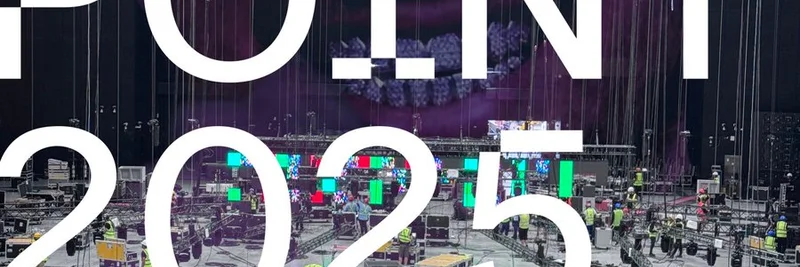Hey there, crypto enthusiasts! If you’ve been keeping an eye on the Celestia ecosystem, you’ve probably noticed some big changes to TIA staking. Recently, a thread on X from zmanian.eth (@zmanian) sparked a lively discussion about why these changes matter—and whether they leave regular investors in the dust. Let’s break it down in a way that’s easy to digest, especially if you’re new to the world of meme tokens or blockchain tech!
What’s Happening with TIA Staking?
First off, Celestia slashed the inflation rate for TIA by about 95%, bringing it down to just 0.25%. That means the days of juicy staking rewards for regular users are pretty much over. Now, all those rewards are funneled to validators—the folks running the network’s infrastructure. On top of that, a whopping 378.6 million staked TIA tokens are becoming liquid, which could lead to some serious sell pressure. Yikes!
In the target post, zmanian.eth lays out the new purpose of staking:
- Picking Validators: Long-term TIA holders can choose which validators they trust to secure the network.
- Slashing Risks: Staked assets can be redistributed or “slashed” if a validator messes up, keeping the system honest.
- Marketplace for Authority: Staking creates a space where influence within the ecosystem can be traded or earned.
But here’s the kicker: zmanian suggests that the average user might not need to stake anymore. The old “66% staked” idea? Turns out, it’s more of a myth than a rule. This shift has left many wondering—what’s in it for the little guy?
Why the Change? Revenue Over Rewards
The thread hints at a bigger strategy. Celestia is focusing on generating revenue through innovations like lazybridging, Rollkit 2.0, and increased demand for “blobs on clobs” (a technical term for data storage in blockchain). Reducing inflation is supposed to make these revenue streams more valuable for TIA holders. It’s a move to prioritize long-term growth over short-term staking rewards.
But let’s be real—if staking doesn’t pay off for retail investors, why bother? Zmanian mentions that alternatives like liquid staking tokens (LSTs) lack liquidity, and other ideas (like Jae’s Photon concept) come with their own headaches, like the “two token problem.” The takeaway? The current model might just work better for validators and big players.
What Does This Mean for You?
If you’re a retail investor or a fan of meme tokens, this could feel like a punch to the gut. Staking used to be a way to earn passive income while supporting the network—think of it like earning interest on your crypto savings. Now, with rewards drying up, it’s more about picking a team (validators) and hoping for the best. Plus, with all that liquid TIA hitting the market, prices might take a dip, which could affect your holdings.
On the flip side, if Celestia’s revenue-generating tech takes off, TIA could still see value growth. It’s a bet on the ecosystem’s future rather than quick gains. For now, though, zmanian’s post suggests sitting tight might be smarter than staking—unless you’re running a validator yourself!
The Bigger Picture: Tokenomics and Community
This debate ties into a larger conversation about tokenomics—the rules that govern a cryptocurrency’s supply and demand. Users like martinezz in the thread argue that slashing inflation without benefits for stakers could alienate the community. After all, it’s the regular folks who keep the network alive, not just the institutions. Some even suggest deflationary mechanisms (where tokens are burned to reduce supply) could balance things out, similar to how Solana or Dogecoin maintain demand despite high inflation.
Final Thoughts
The Celestia TIA staking overhaul is a bold move, shifting focus from retail rewards to validator dominance and revenue-driven growth. While it might benefit the network’s long-term health, it leaves retail investors questioning their role. If you’re holding TIA, keep an eye on how these changes play out—especially with all that liquid staking pressure looming in 2025!
What do you think? Are you still staking TIA, or are you waiting to see how this shakes out? Drop your thoughts in the comments, and stay tuned to Meme Insider for the latest on meme tokens and blockchain news!

